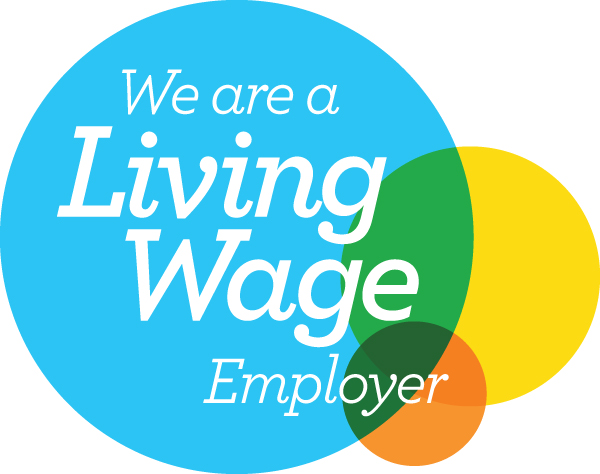Drone-aroo: will our takeaway food be falling from the sky by the end of the decade?
Michael Dowsett, Associate Director1/10/2024
Last week, the Civil Aviation Authority published its roadmap for how drones can be routinely used beyond visual line of sight (BVLOS) by 2027. This followed an announcement in August of six projects that will be part of a sandbox trial to test BVLOS, which will see drones used by Amazon for consumer deliveries, and elsewhere to inspect offshore energy infrastructure, for example.
This is the natural next step for drone technology, which according to PwC promises £45bn of economic benefit and significant scope for delivering savings across the public and private sectors through more widespread adoption. Use of drones has already increased significantly in the past decade, being used by over 30 police forces across the UK to aid the fight against crime, in search and rescue operations and to provide inspection and surveying support for Britain’s farmers.
But whilst we may be getting drone-based delivery of our new toaster or medical prescription in just a few years, what are the prospects of this being used at scale by outlets offering takeaway food and drink?
There is already precedent for this from overseas. In July, a food delivery service operated by Wing and the app DoorDash started serving around 250,000 residents in eastern Melbourne, Australia. Meituan, China’s most popular food delivery platform, has been operating regular drone-based delivery services in Shenzhen for almost three years. Stateside, a trial offering drone delivery of Wendy’s products in Christiansburg, Virginia, kicked-off in March.
As with all BVLOS operations, there is now a period where national regulators are ensuring that the proposed increased use of airspace can be done safely prior to such operations becoming routine. What though are the benefits and barriers that relate to this method being regularly deployed for food deliveries, including in the $48bn UK market?
On the former, the prospect of even quicker deliveries (particularly in urban areas and at peak times when traffic congestion can cause delays) is near the top of the list, along with the potential greater delivery ranges that become practicable for outlets when using drones, and increased choice for those living in areas that are hard to reach by road.
For other road users, moving food delivery – and deliveries more broadly – to become drone-based where possible will help ease surface-level congestion. It also holds out the prospect of improving road safety. According to Transport for London, many of the approximately 40,000 delivery riders operating in London alone are riding high-risk, low powered motorcycles and have only completed basic training.
In addition, using the modal shift from road to sky for food deliveries as an opportunity to ensure drone fleets are using low carbon sources of fuel (e.g. hydrogen), holds out the prospect of, at the margin, improving air quality in urban areas and, depending on relative fuel costs and other factors, reducing delivery charges to the consumer.
But what about the potential downsides? The upfront costs of transitioning to drone deliveries may exclude smaller local takeaways at least at the outset, to the benefit of bigger chains who could use any rapid shift in consumer preferences towards drone delivery to boost their market share. This could also increase delivery costs to consumers in the short-term, before wider adoption and further innovation and market competition drive down prices.
There is also a significant skills challenge. Given that takeaway food deliveries currently, as indicated above, rely on relatively low-skilled labour, where will the workforce come from that will be capable of piloting drones for food delivery, or for monitoring their operations even if their route is pre-programmed? Who will fix them and conduct ongoing maintenance? A process of upskilling is certainly eminently achievable, but it remains to be seen whether it can keep pace with business and consumer demand for wider drone adoption.
The concentration of users of food delivery apps in urban areas also presents issues. Potential hazards in our big cities are rarely concentrated just at street level. From high-rise buildings to cranes, there are a host of structures that the drones will have to weave around en route to their destination. The practical challenges here around controlling the drone in flight are therefore substantially different to delivering something like medical supplies to a far-flung rural area, the occasional electricity pylon aside.
Despite these hurdles though, the precedent being set in other countries seems to indicate a clear direction of travel. Even in the absence of food delivery being included in the CAA BVLOS sandbox, with the UK being the world’s third largest food delivery market it’s eminently possible that by the end of the decade we will be as likely to look up to the sky as out the front door to welcome our latest takeaway treat.
We’ve cultivated an environment that harbours independence. Whether they are early birds who go to yoga and then smash their news updates before 8.30am, or they simply hate travelling on the tube in rush hour, we trust and respect our team’s skills and conscientiousness. As long as core responsibilities are covered, our team is free to work flexibly.
We’re proud to be a living wage employer. We believe that no one should have to choose between financial stability and doing a job they love, so we pay a wage that allows our team to save for a rainy day and guarantees a good quality of life.
Sign up to receive the Atticus Agenda
Sign Up Here



